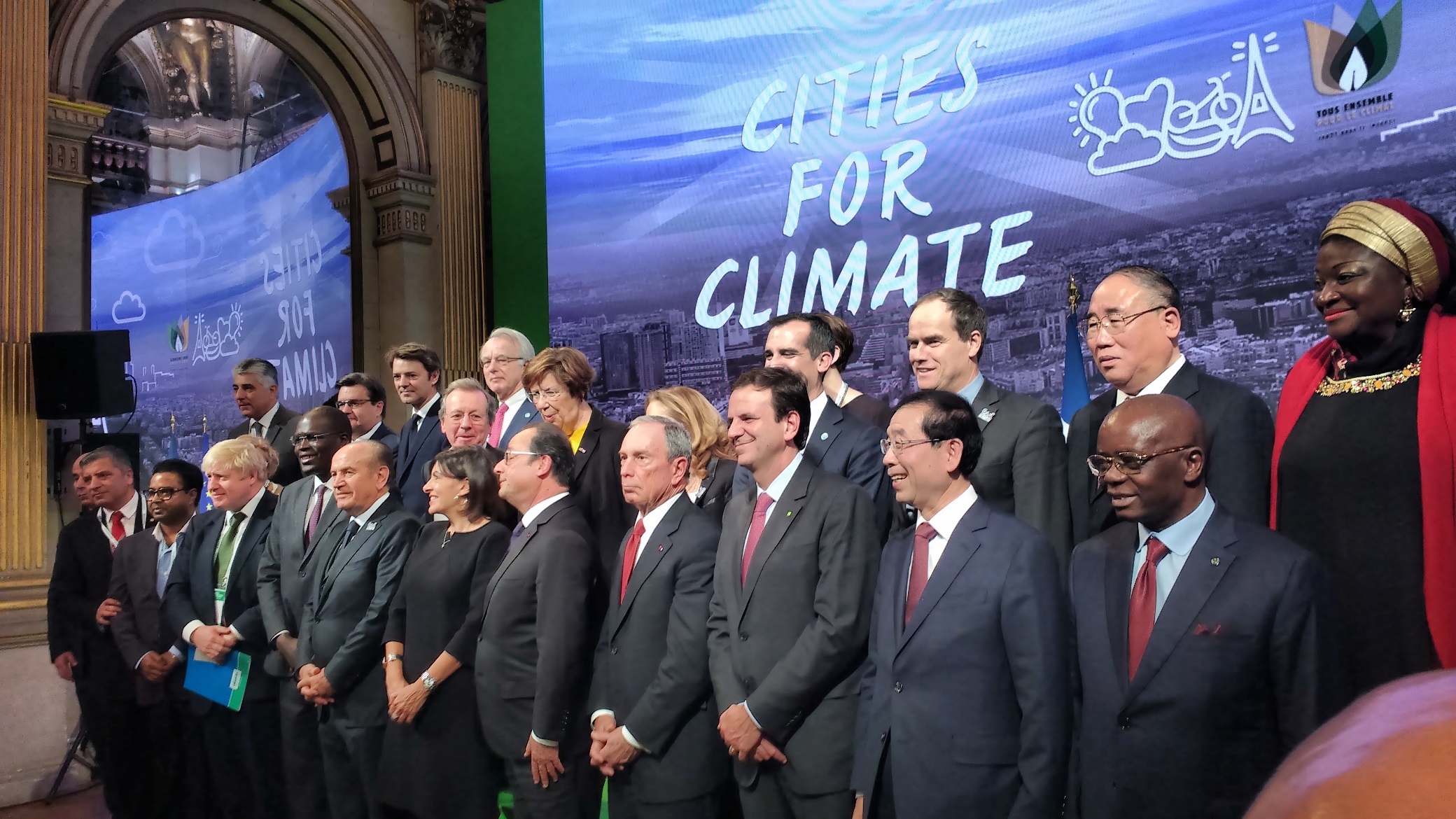Why smart mobility needs a reality check
by Julian Dörr, Assistant, Smart Cities, ICLEI – Local Government for Sustainability
_
The highly mobile lifestyles seen in cities today have become an increasingly complex headache for local governments worldwide to handle. Many cities struggle with greenhouse gas emissions, air pollution and traffic congestion. With the highly anticipated and impending arrival of smart mobility, the solution appears to be on the horizon. New technologies and solutions like on-demand ride services, car-sharing programs and autonomous vehicles promise to take urban mobility to the next level.
Several cities have already jumped at the opportunity to become the living lab where transport innovation and ICT come together. However, the potential of smart mobility ultimately depends on regulatory measures in cities, and even when these are in place, successes come with trade-offs and risks.
Integrated smart mobility can mean more movement, less traffic
The city of Helsinki provides an example of smart mobility at its best. In order to prevent a surge of traffic problems as the city is growing, it developed a plan to transform and expand its existing public transport network into a point-to-point on-demand mobility system by 2025. This plan will make inner-city trips more efficient by using public and multi-modal transport options and aims to eliminate the need for city residents to own a vehicle. Using a mobile application that functions as both a journey planner and a payment platform, residents are able to purchase mobility in real time. Public transport is still the backbone of the service – but smart technology enables users to easily navigate different mobility options including on-demand minibus services, shared bikes and ferries, taxis and car-sharing services for a seamless route, aiming to compete with the flexibility of the private car.
The potential risks and trade-offs of smart mobility
With the rapid change and digitalization taking place in the mobility sector, local governments should take into account the potential unforeseen consequences of certain smart mobility solutions. For instance, on-demand ride services or ride-hailing services like Uber or the Singaporean company Grab have been rapidly growing and evolving. The pitch made to cities is that ride-hailing services cut down on personal car use and reduce traffic in cities. However, studies indicate that the contrary may be the case. The latest studies show that mobile ride-hailing pulls people away from public transport and onto increasingly clogged roads. The Fare Choices Survey in the City of Boston came to the conclusion that the majority of ride-hailing travel accommodates only a single passenger and that many trips are in fact a substitute for public transit. This study estimates that 15 percent of ride-hailing trips are adding cars to the roadway during morning or afternoon rush hour.
Another smart mobility solution on the rise is Autonomous Vehicles (AVs). In theory, AVs promise less traffic, fewer cars, and healthier, more competitive and greener cities. However, critical issues have been raised including the concern that the expansion of AVs may occur at the expense of effective public transport systems. A recent study from the World Economic Forum in collaboration with The Boston Consulting Group underlines the potential side effects of AVs in urban areas, especially when not integrated into a diversified public transport system. The cost-competitive nature of AVs with its convenient door-to-door service could actually weaken space-saving transport modes and consequently lead to even more traffic and congestion in urban areas. Like the ride-hailing services, AVs could draw those who would otherwise be using public transport systems into individual vehicles. In addition, the authors of the study name increased urban sprawl as a major concern. The convenience and comfort of being chauffeured by AVs could increase the appeal of suburban living, causing broader implications for cities.
Another potential risk of smart mobility is tied to ICT infrastructure and security. ICT infrastructure is already critical for cities but as transport becomes increasingly dependent on this infrastructure, security and strategic management of integrated systems becomes even more critical. For example, in 2015 hackers attacked the Ukrainian power grid which led to a blackout for more than 700,000 people in more than 100 cities; cyber-attacks would be even more harmful if they would be able to paralyze the whole transportation sector as well. As vast amounts of data will be generated through smart mobility solutions, the threat of data abuse and the issue of data security need to be considered. In addition, the increasing demand for ICT to service smart mobility solutions is also associated with extremely high energy demand and e-waste.
Last but not least, the proliferation of transport technologies could contribute to an increase in social inequality. Since technical infrastructure and skills are required to use these services, certain demographic groups could be excluded across the digital divide – limiting access to mobility and therefore limiting the possibility of participation in social, economic, cultural and civil life.
Smart at all costs?
Smart mobility holds great potential to encourage shared mobility, resulting in less single vehicle traffic, reduced greenhouse gas emissions and improved air quality. ICT technology can also foster multi-modality, a key element of sustainable transport. Cities like Helsinki recognize this and utilize smart solutions to realize their mobility vision. However, studies increasingly confirm that in some cases smart mobility solutions can pose threats rather than opportunities.
When discussing smart mobility options, local governments should consider both the opportunities and the risks associated with the digitalization of city infrastructure. Data security, digital divides, infrastructure resilience and the escalation of energy and resource consumption are challenges linked to the digitalization of transport. Smart technologies are ultimately a means, and not an end in itself. Therefore, they should be used as a tool to accelerate the shift of modal split and incentivize cycling, walking and public transport use. The full potential of smart mobility can only be reached when embedded in the right regulatory framework based on a strong sustainable mobility vision.






